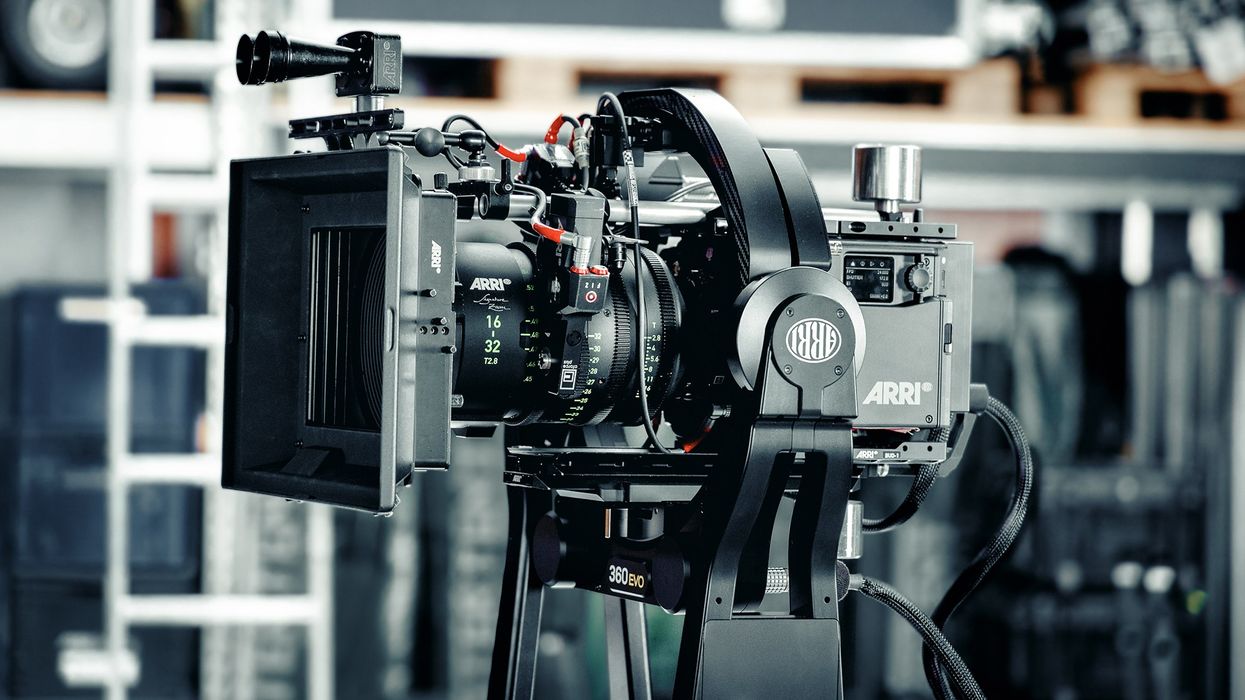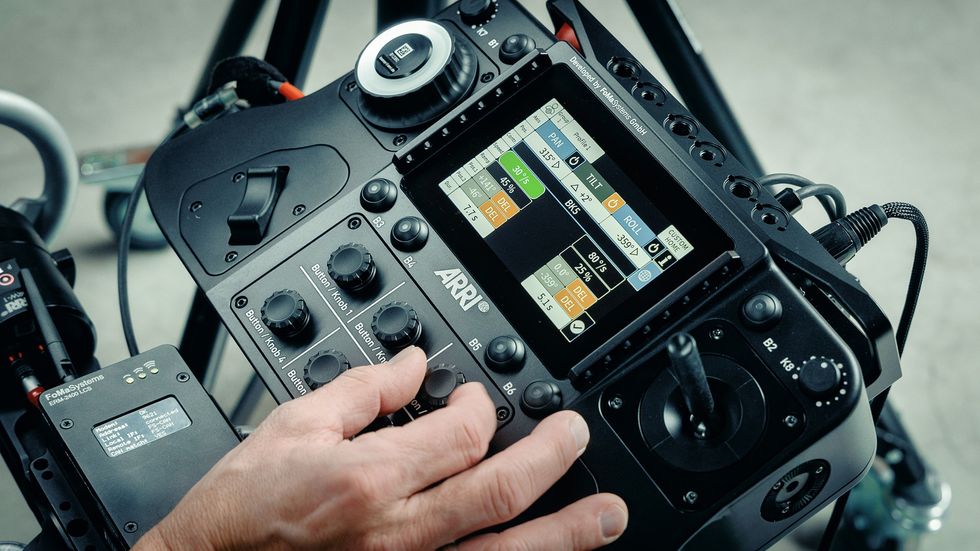ARRI 360 EVO Finally Brings Your ARRI Cameras 360-degree Roll Support
A look at ARRI’s new flagship stabilized remote head system.

Introducing the ARRI 360 EVO
As no surprise to anyone, ARRI was by far one of the most popular cameras reported to be used by filmmakers for their features at this year’s Sundance Film Festival (here’s our full survey results). And that’s pretty much the case for the better part of a decade now thanks to ARRI’s great cameras and signature color and looks.
However, one area in which ARRI has been looking to improve as of late has been with its stabilization and stabilized remote heads. Since releasing the ARTEMIS 2 and TRINITY 2, ARRI has been on a path to unlock full 360-degree movement on the roll axis for their cameras, and they’ve finally, fully achieved it with their new flagship remote head.
The ARRI 360 EVO offers 360-degrees of free movement on the roll axis and supports payloads of up to 60 pounds. Let’s take a look at this new stabilized remote head and explore how it could be just what you need for your own feature film (or other project) ambitions.
Introducing the ARRI 360 EVO
Designed as the next evolution to the now discontinued SRH-360 stabilized remote head system, this new EVO version includes an advanced 3-axis stabilized remote head that is fully tailored to handle all of your larger and heavier camera packages. With a maximum payload of 60 pounds, it shouldn’t be hard to include all of the gear and long lenses that you’d like.
The 360-degrees of rotation is designed to support both pan and roll axis moves and should be able to let the roll movement take place around the lens’ optical axis as well, so you’ll be able to perform more advanced shots and moves while keeping your subject framed in the center as your camera rotates.
The new 360 EVO should also work great for quick and easy transitions between setups as it can be mounted on cranes and dollies easily as well. It will also reportedly be able to use many of the same cables, brackets, and plates as the TRINITY 2 system, so you won’t need to re-invest in too much gear if you already use one.
Working with the ARRI TRINITY 2
Speaking of which, the TRINITY 2 in particular and the 360 EVO can both be remotely controlled from a Digital Encoder Head or the ARRI DRW-1 Wheels set, which means you’ll have a lot more flexibility on set to manage your camera and shots with less crew.
When we covered the release of the TRINITY 2 and the ARTEMIS 2, we recognized that ARRI camera stabilizers have always been the standard that other manufacturers have strived for, or even tried to emulate. But these stabilizers, in particular the TRINITY 2, the bar has now remained higher for a reason.
The 360 EVO will also come with a range of ports including a 12V AUX power outlet, 12V/Tally, 6G video, LBUS connectivity, connectors for extra radio modules, and even camera power for both 12V or 24V camera systems as well.

ARRI 360 EVO remote control panel.
ARRI
Price and Availability
While there is a basic listing up on B&H right now, it doesn’t appear that the ARRI 360 EVO is ready to ship just yet. ARRI estimates that it should start here sometime in Q1 of this year, but we don’t have exact details on release or price just yet. (For comparison though, the SRH-360 version was priced at a very-high $98,000 point, so be prepared for something in that range.)
Still, here are the full specs listed and a link to purchase once it goes live.
- 360 Degree Pan Range: Unlimited, Slip Ring
- 360 Degree Roll Axis Range
- 170 Degree Tilt Axis Range
- Supports Payloads up to 66 pounds
- MoVi Pro is the Next Evolution in Stabilized Motion ›
- How to Safely Get Moving Car Shots That Make Your Work Stand Out ›
- This Is What You Get When a Gimbal Stabilizer & Shoulder Rig Have a Baby ›
- A Closer Look at Stabileye, One of the Stabilizers Roger Deakins Used on '1917' ›
- ARRI's Latest Accessories Aim To Simplify Workflow ›
- ARRI Launches New Remote Head That's a Real Gamechanger ›











